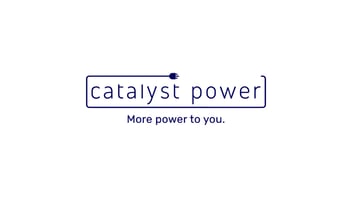The Northeast's Pipeline Problem: How Natural Gas Constraints Create Winter Price Risks
.png?width=960&height=540&name=Untitled%20design%20(25).png)
The Northeast U.S. is known for high energy costs and some of the most unpredictable winter price swings in the country. Why? One core reason is the region’s persistent pipeline bottlenecks, which occur when the demand for natural gas exceeds the capacity of available pipelines, especially during colder months. Even as domestic natural gas production hits record highs, pipeline infrastructure hasn't expanded enough to carry Appalachian gas from the Marcellus Shale basin into the densely populated Northeast.
Why Pipeline Constraints Matter
Limited pipeline capacity acts like a governor on the region’s supply, especially during peak winter demand. Pipelines physically transport gas from producing areas—often far outside the Northeast—via a tightly regulated network. In winter, surging heating demand can overwhelm what these conduits can deliver, particularly on the coldest days. With insufficient pipeline capacity, local utilities, generators, and large commercial users must compete for limited volumes of available natural gas, causing spot prices to spike sharply.
How Storage Moves the Market
Gas utilities and suppliers attempt to mitigate these risks by injecting gas into underground storage during milder months, building up reserves for winter. The Energy Information Administration’s (EIA) weekly storage report provides a pulse on how much “insurance” is in place for cold snaps. Low storage levels increase risk: If a cold snap hits and reserves are below average, supply can’t be replenished quickly, driving spot prices higher and affecting hedging costs.
More Than Just Weather
It’s not only polar vortexes that can tighten the squeeze. Regulatory delays, limited new pipeline projects, high demand from the power sector, and increased LNG exports can all exacerbate constraints for Northeast end-users. When these factors converge, businesses without long-term energy contracts face some of the highest and most volatile winter energy prices in the country.
What Businesses Can Do Right Now
For businesses exposed to these pressures, risk management is essential. Catalyst Power® helps commercial customers manage exposure to market volatility by evaluating contract structures, including fixed and blended rate options, and leveraging on-site generation. By monitoring pipeline and storage developments, as well as market forward curves, Catalyst Power builds procurement strategies tailored to a customer’s risk tolerance and operational needs.
With winter approaching, now is the ideal time to review supply contracts, assess exposure, and explore both market and operational solutions for reliable, cost-effective energy.



